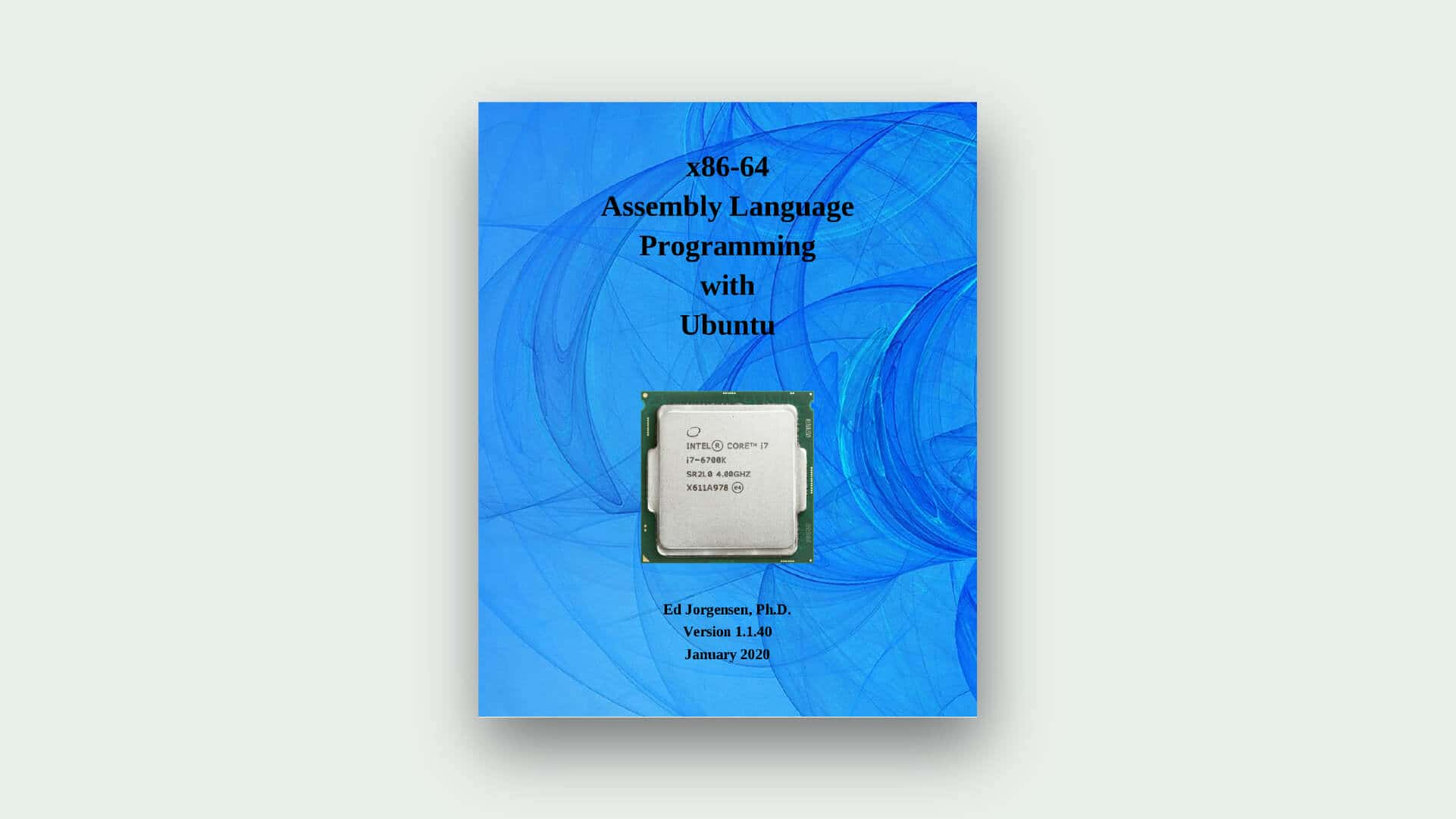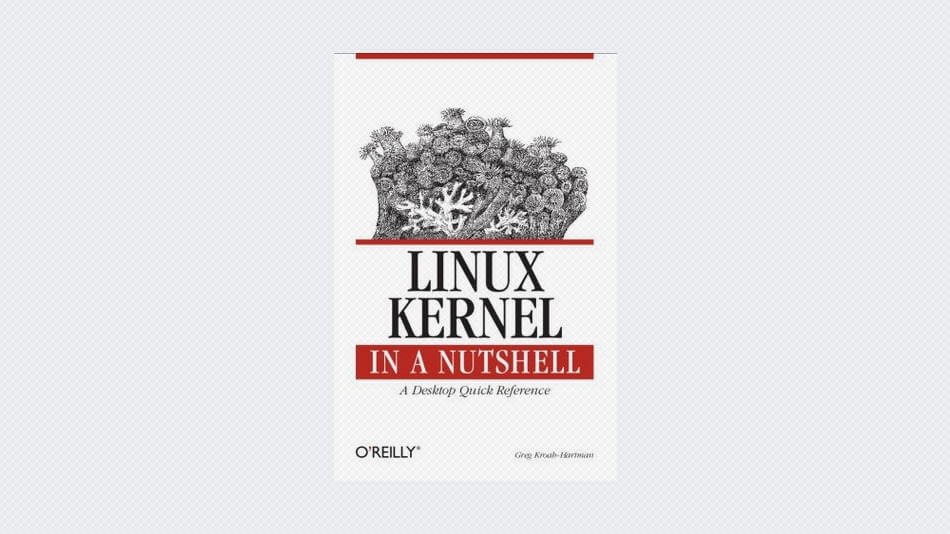Linux has made a major impact with embedded systems, and a wide range of applications can be considered computer appliances. Developers sometimes turn to Linux providers for development tools and operating system support. Regardless of whether you take this approach or roll your own, there’s a lot more to getting a sophisticated application up-and-running than tools and an operating system. This is where Linux Appliance Design comes in, presenting middleware that provides a framework for a network-based appliances including interfaces via Web, display, front panel, SNMP, and command line.
Linux Appliance Design shows how to use librta to build a Linux appliance. Topics include appliance architecture, security, and how to build simple, yet responsive user interfaces. The book shows how to build five different user interfaces including a web interface, a command line interface, a front panel interface, an SNMP agent, and a framebuffer interface with an IR remote control. Readers are encouraged to use this appliance’s source code when they build their own appliances.





